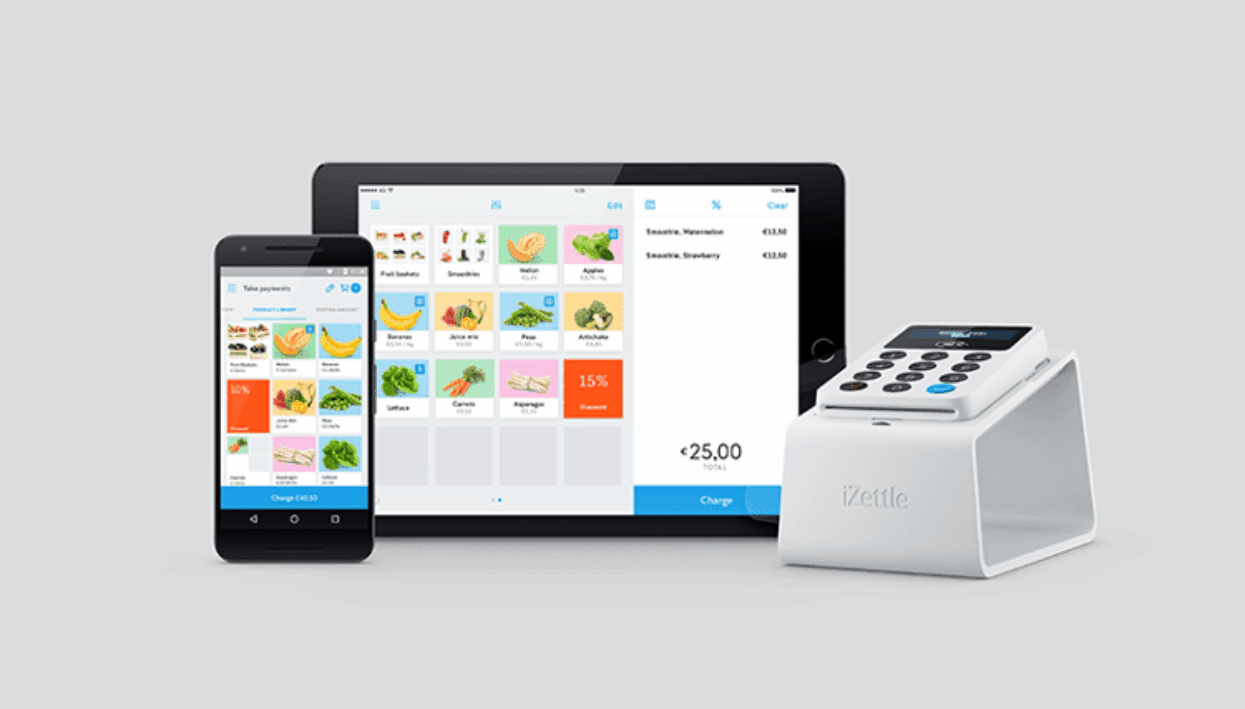Automation
Software
How to pick the right digital payment option
Author
FESPA Staff
Published Date
15/11/2019
Become a FESPA Member
to Continue Reading
